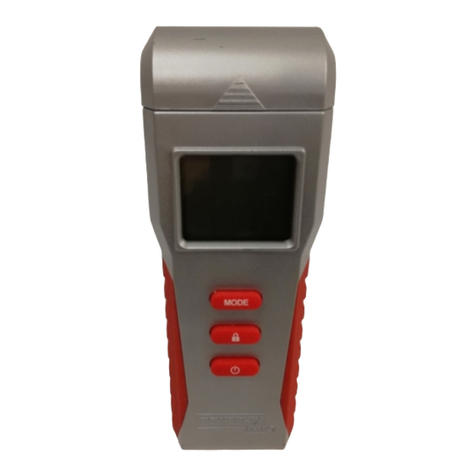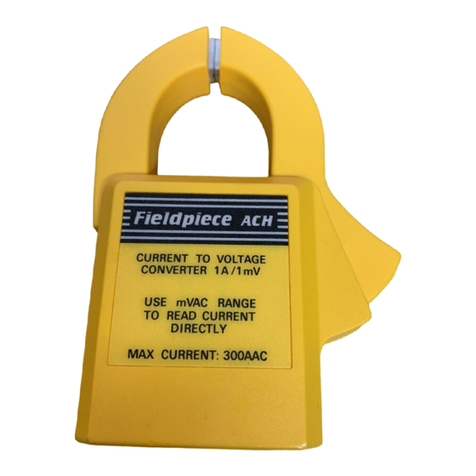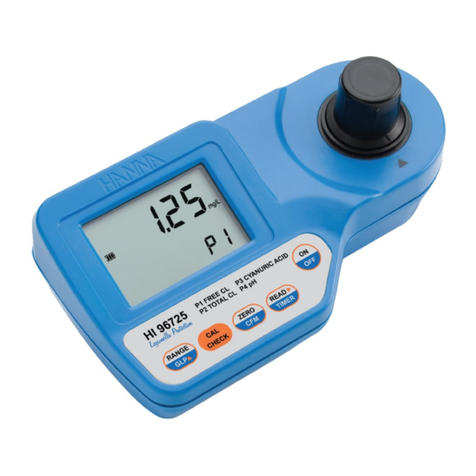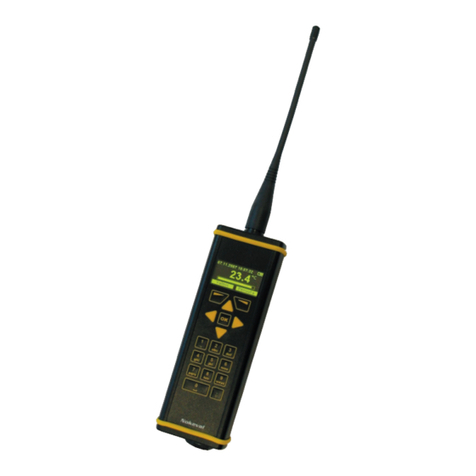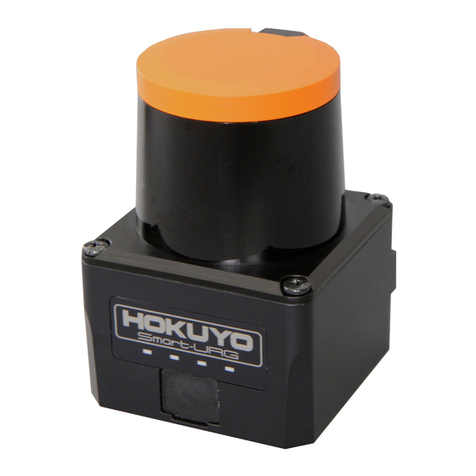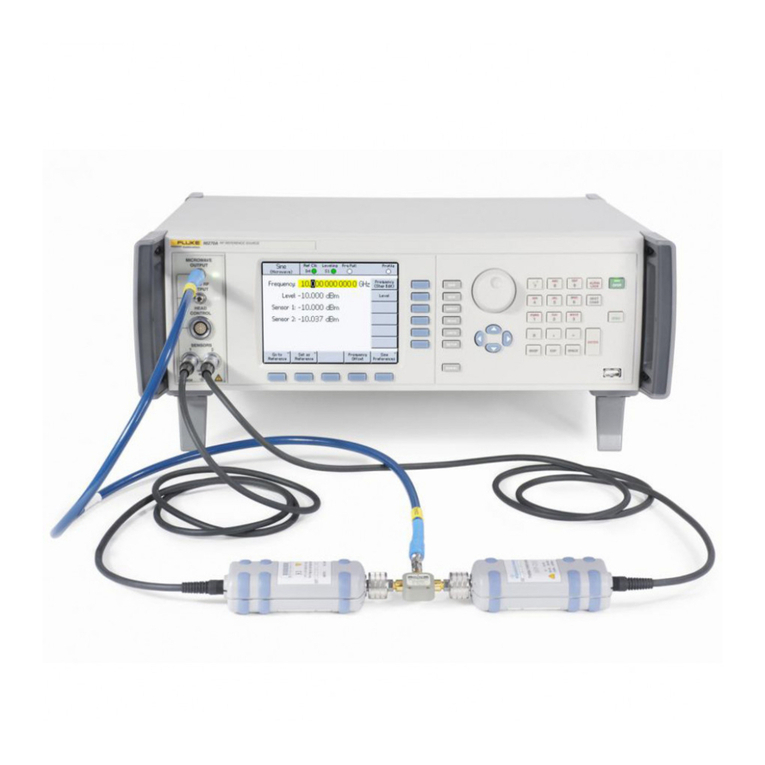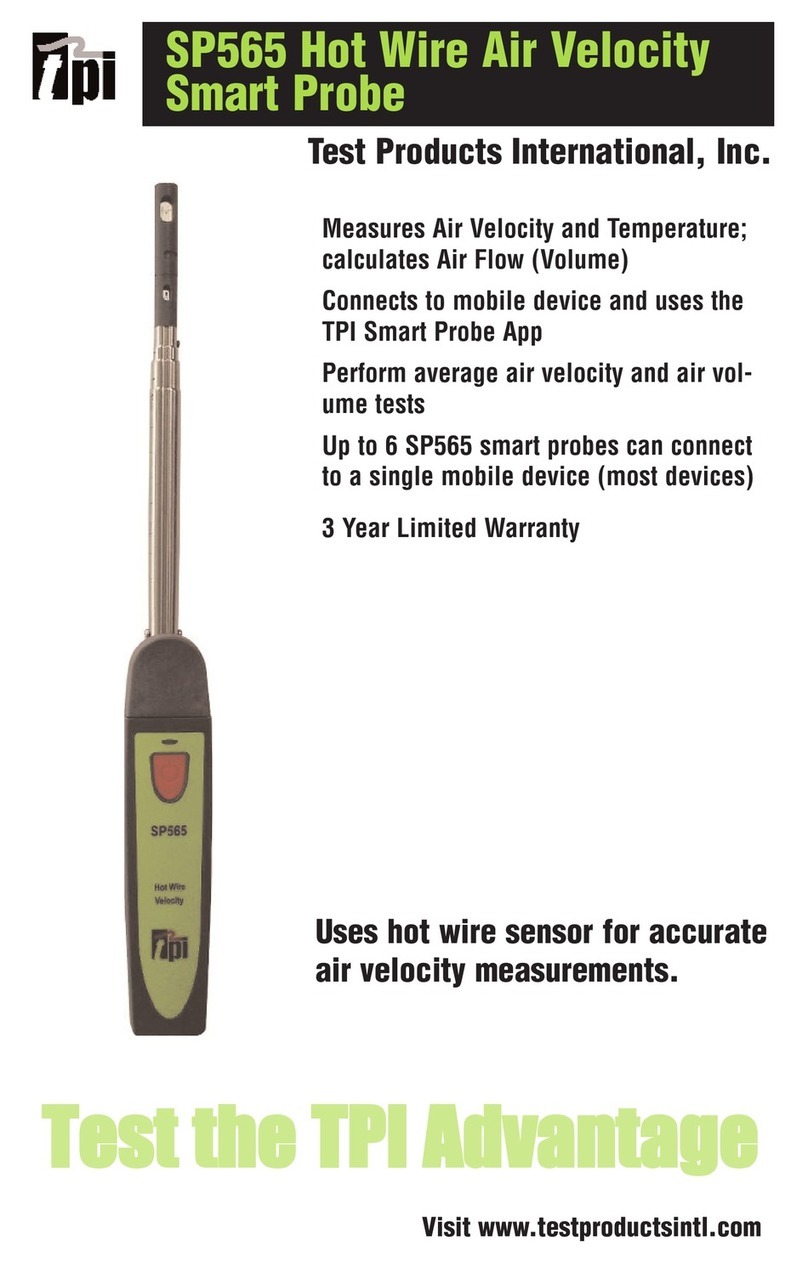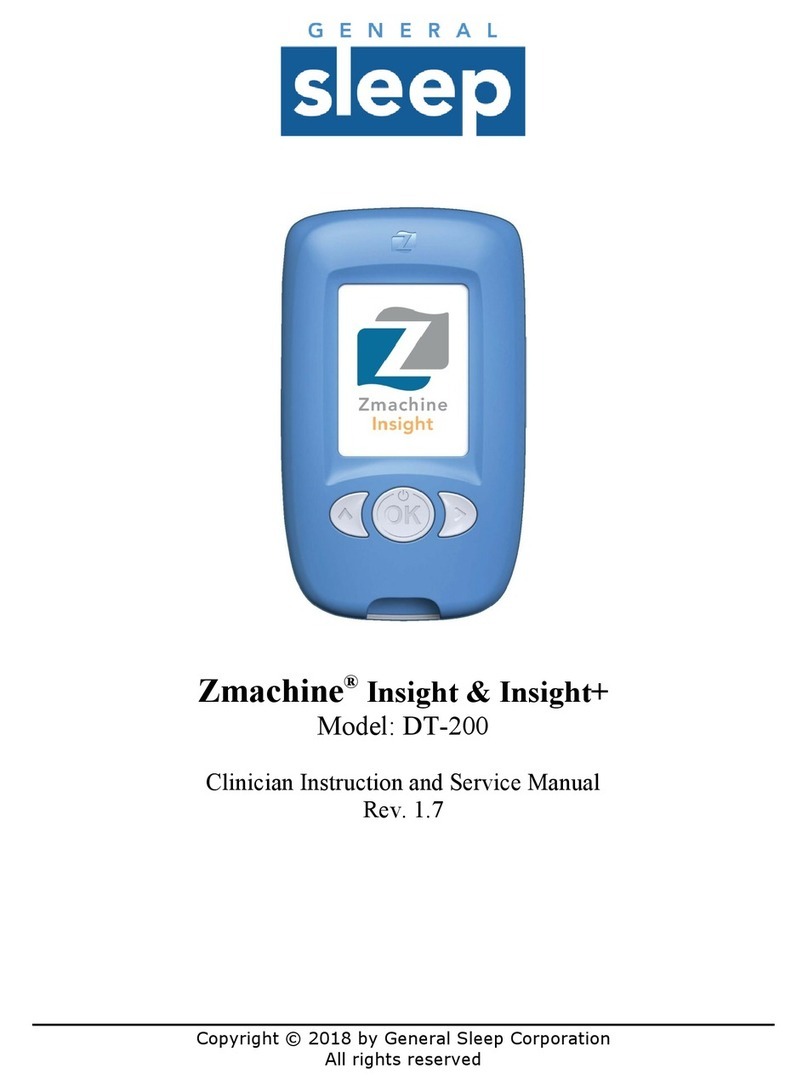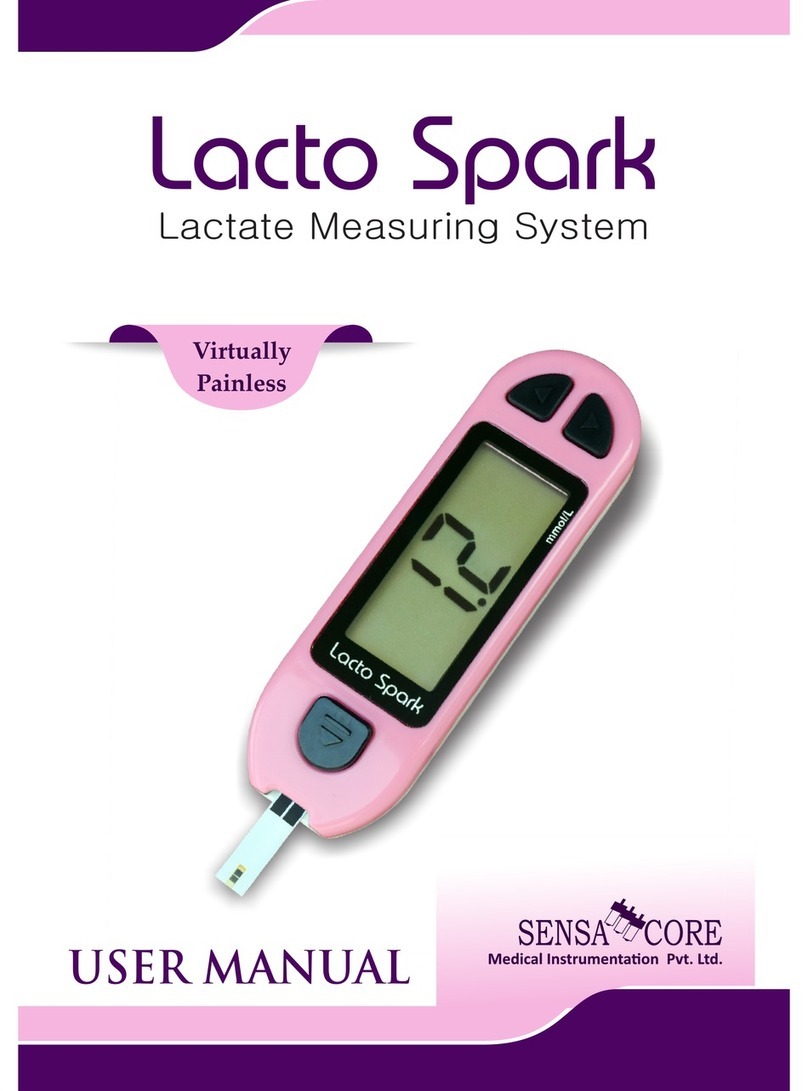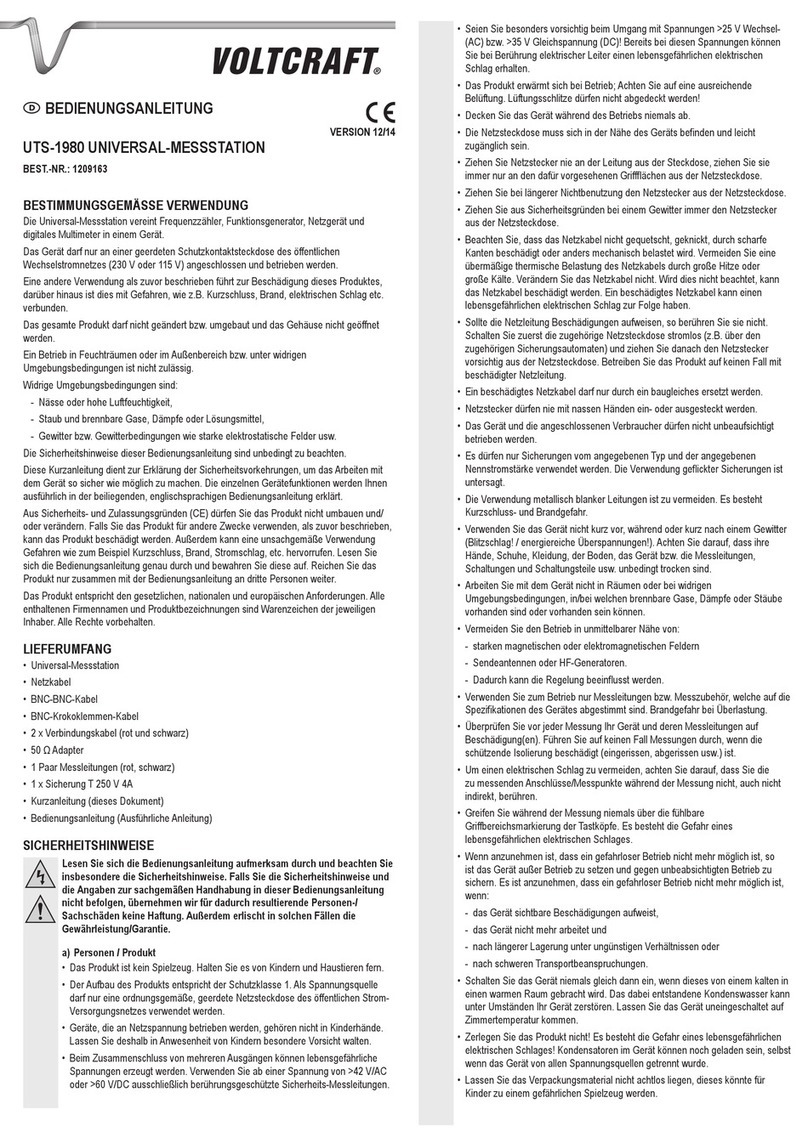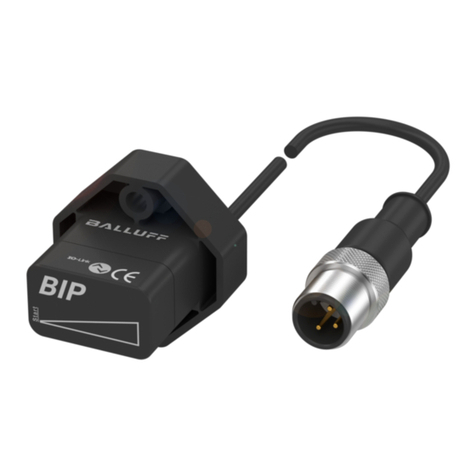
Table of Contents
4.1.1.6. Replacing the V-Plate...................................................................................... 4-4
4.1.1.7. Replacing the Linear Bearings ........................................................................ 4-5
4.1.1.8. Replacing the Shaft Bearings—Drive Pulley .................................................. 4-6
4.1.1.9. Replacing the Shaft Bearings—Top Pulley..................................................... 4-7
4.1.1.10. Replacing the Rotary Shaft Encoder ............................................................. 4-7
4.1.1.11. Pumping Down the Dropping Chamber........................................................ 4-8
4.2. The Interferometer ....................................................................................................... 4-9
4.2.1. TROUBLESHOOTING THE BEAM PATH ......................................................... 4-9
4.2.2. ALIGNMENT......................................................................................................... 4-9
4.2.2.1. Laser................................................................................................................ 4-9
4.2.2.2. Standard Optical Isolator................................................................................. 4-9
4.2.2.3. /2-Faraday Isolator combination ................................................................... 4-10
4.2.2.4. Optical Isolator Replacement ........................................................................ 4-10
4.2.2.5. Adjusting mirrors 1 and 2-The first two mirrors........................................... 4-10
4.2.2.6. Beam Expander ............................................................................................. 4-11
4.2.2.6.1. Focusing lens:........................................................................................ 4-11
4.2.2.6.2. Collimating lens:.................................................................................... 4-12
4.2.2.7. Leveling the Tripod Tray .............................................................................. 4-12
4.2.2.8. Making the test beam vertical using the alcohol reference surface............... 4-12
4.2.2.9. Leveling the Dropper .................................................................................... 4-13
4.2.2.10. Setting the Bubble Levels on the Tripod..................................................... 4-14
4.2.2.11. Adjusting Mirrors 3 & 4 to steer beam through dropper and make beam
vertical. ..................................................................................................................................... 4-14
4.2.2.12. Adjusting the Superspring position and final adjustment mirror ................ 4-15
4.2.2.13. Final Mirror Translation-Getting Beams Overlapped In Fringe Viewer..... 4-16
4.2.2.14. Adjusting the APD signal detector.............................................................. 4-16
4.2.2.15. Adjusting The Fringe Amplitude ................................................................ 4-17
4.2.2.16. Replace all covers and tighten all screws.................................................... 4-17
4.3. The Superspring.......................................................................................................... 4-18
4.3.1. REPLACEMENTS AND ADJUSTMENTS ........................................................ 4-18
4.3.1.1. Removing the Superspring Cover ................................................................. 4-18
4.3.1.2. Removing the Service Ring........................................................................... 4-18
4.3.1.3. Replacing the Coil (Linear Actuator)............................................................ 4-19
4.3.1.4. The Mass Mainspring/Hanger....................................................................... 4-20
4.3.1.5. Replacing the Flexures .................................................................................. 4-20
4.3.1.6. Assembling the Superspring.......................................................................... 4-22
4.3.1.7. Replacing the Focus Lever Motor ................................................................. 4-24
4.3.1.8. Adjusting the Micro-Switches....................................................................... 4-24
4.3.1.9. The Aneroid Wafer Assembly....................................................................... 4-24
4.3.1.10. The Delta Rods............................................................................................ 4-24
4.4. Timing System and Data Acquisition........................................................................ 4-25
4.4.1. TIMING ................................................................................................................ 4-25
4.4.1.1. Avalanche Photo Diode Printed Circuit Board ............................................. 4-26
4.4.1.2. APD Board and Photo Diode Supply Module............................................... 4-26
4.4.1.3. Scaler-Counter Printed Circuit Board ........................................................... 4-28
4.4.1.4. Rubidium Oscillator ...................................................................................... 4-32
4.4.1.5. Universal Time Interval Counter................................................................... 4-32
4.4.2. DATA ACQUISITION......................................................................................... 4-34
iii
